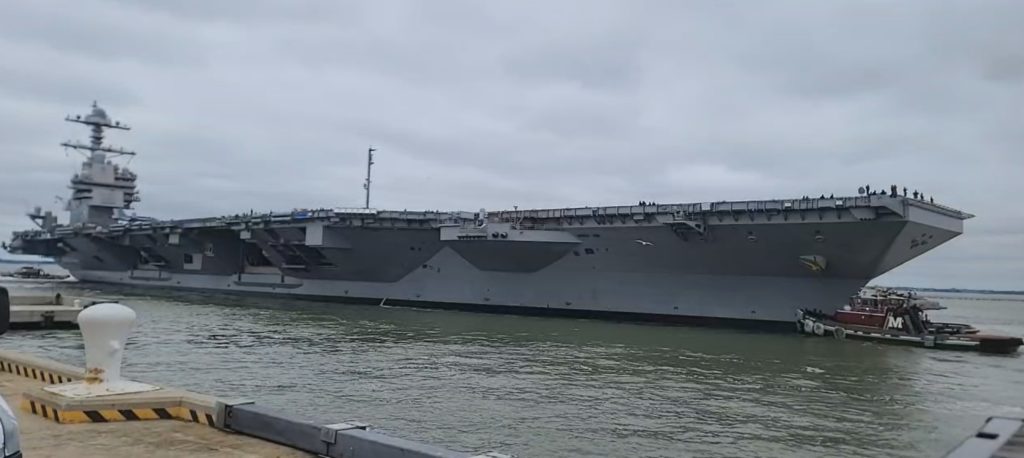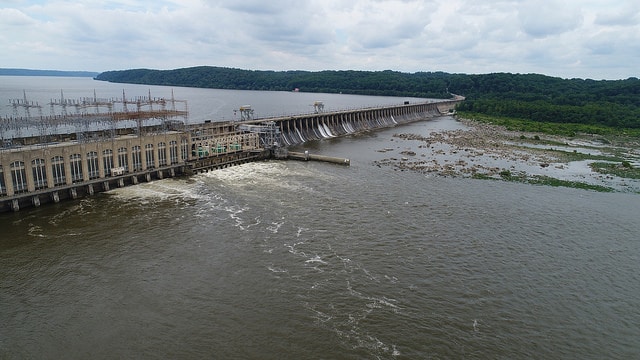With surprisingly little fanfare, the future of the U.S. Navy’s aircraft carriers left the pier in Norfolk today with the help of two tugs.
The USS Gerald R. Ford (CVN 78) has officially left for its first operational deployment, bringing together a strike group of air, maritime, and ground assets from NATO Allies and partner nations who will be based in the Atlantic Ocean.
The Ford is the Navy’s newest and most advanced aircraft carrier. The first in its class, USS Gerald R. Ford cost a cool $13.3 billion and is the first major aircraft carrier redesign in 40 years.
The 1,106-foot-long carrier is propelled by two nuclear reactors and clips along at over 30 knots.
It replaces the Nimitz-class aircraft carriers, and looks similar. But the Navy says new technology sets it apart, to include “a new nuclear plant, the ability to generate nearly three times the amount of electrical power, innovative advanced arresting gear and the electromagnetic aircraft launch system (EMALS).”
EMALS is a step up from the steam catapult system traditionally used to launch aircraft and will expand the aircraft launch envelope, paving the way for innovations in manned/unmanned aircraft, the Navy explains.
This deployment has been a long time coming, to say the least. The Ford‘s keel was laid way back in 2009 and it was commissioned more than five years ago. It was built by Huntington Ingalls Industries Newport News Shipbuilding right here on the Bay.
On the Ford, the Gerald R. Ford Carrier Strike Group (GRFCSG) and its allies will conduct training events simulating long-range maritime strikes, air defense, and anti-subsurface warfare, among other things.
“USS Gerald R. Ford is going to sail on the high seas with our partners,” said Capt. Paul Lanzilotta, Ford’s commanding officer. “We want interoperability, we want interchangeability with our partners. Our NATO partners that are sailing with us – we’re going to work with them every day, every night. That’s what it means to operate on the high seas…doing pretty much every mission set that’s in the portfolio for naval aviation, and we’re excited about that.”
The deployment involves some 9,000 military members from nine countries: U.S, Canada, Denmark, Finland, France, Germany, the Netherlands, Spain, and Sweden.
-Meg Walburn Viviano




